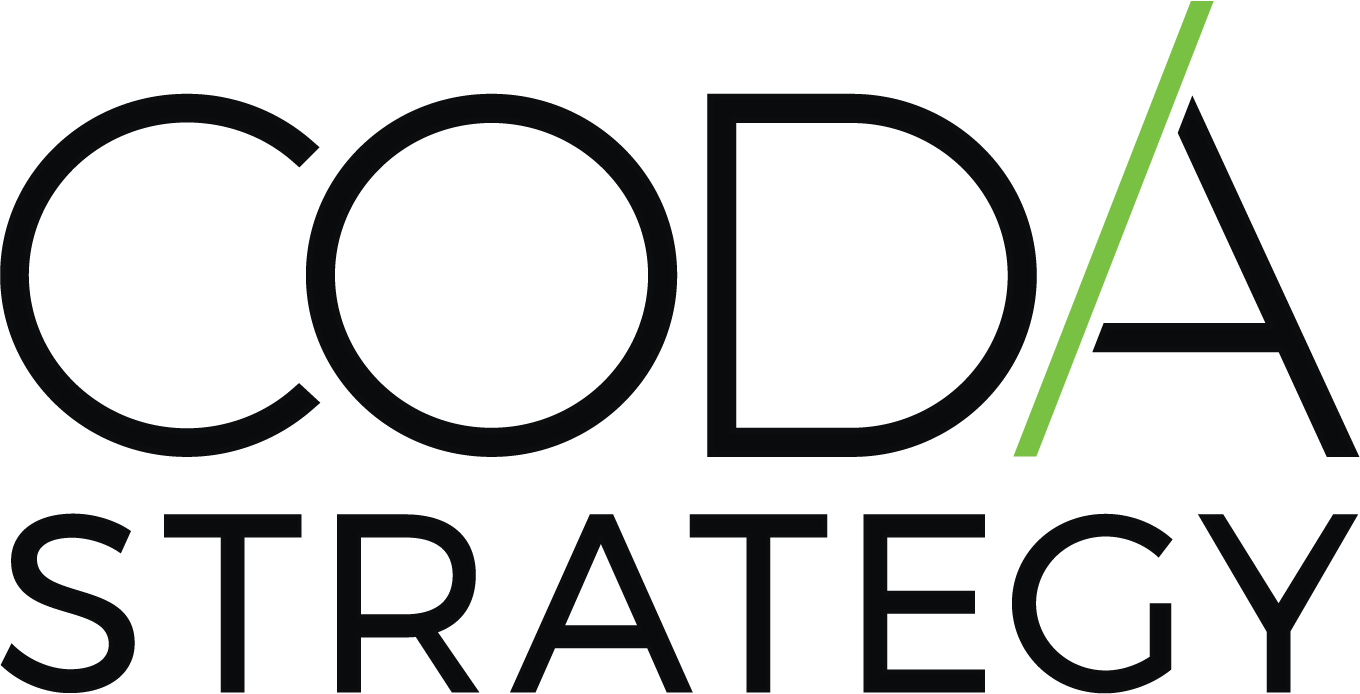A few years ago, I arrived in Chicago on a cold winter night to join a large digital transformation program as a digital project manager. It had already been underway for several months. The team members all seemed bright and capable. The scope of the project, though ambitious, was well defined. The project schedule seemed reasonable.
Why did they need a new manager? I wondered.
As I soon discovered, while each workstream on the project was humming along, the problems lay in the communication between workstreams. They had seemingly been designed to protect turf and limit collaboration. My solution was to reorganize the project into a set of cross-functional workstreams. Each became responsible for delivering a self-contained digital business outcome.
The Art and Science of a Digital Program Manager
Digital program management is the art and science of delivering business outcomes through technology. The aim is to connect a business domain (e.g., strategy, branding, marketing, operations, finance, HR), with a tech domain (e.g., architecture, platforms, and applications).
It is the art of connecting the creatives with the techies, and the science of designing a program structure, cadence, and timing to enable everyone to work, play, and succeed together.
When jumping into a new engagement, a digital project manager must ask and answer four questions:
- At what stage is this project? (E.g., project inception, in the middle of project execution, project crisis or turnaround, or project closure)
- How are workstreams organized, and how should they be organized? (By function, by tech platform, or by business outcome)
- What is the current project delivery model, and what should it be? (Agile, waterfall, or hybrid)
- What is the project release schedule and what should it be? (Big bang or incremental releases or big bang followed by incremental releases)
Now, aside from the first, each question has two parts (“What are we doing?” and “What should we be doing?”). Since that project in Chicago I described, in order to be effective, I’ve learned that I need an answer to the first part as early as possible, ideally prior to joining the engagement.
Moreover, the digital project manager needs to prepare answers to the second part (“What should we be doing?”) within the first two weeks.
How Do You Decide What We Should Be Doing?
In theory, the answer could be, “We should be doing exactly what we have been doing.” After all, for a new project manager, perhaps with little political capital, not rocking the boat can be a safe approach.
However, in my experience, I have always changed one aspect of the project (if nothing else, then at least taking a project from crisis mode to normal business operations). Of course, that entails building political capital, and being hands on with change management.
Typically, over the course of 1 to 3 months, I would eventually bring structure and rigor to the project, and have the creatives and the techies working, talking, and playing together to deliver great business outcomes.






